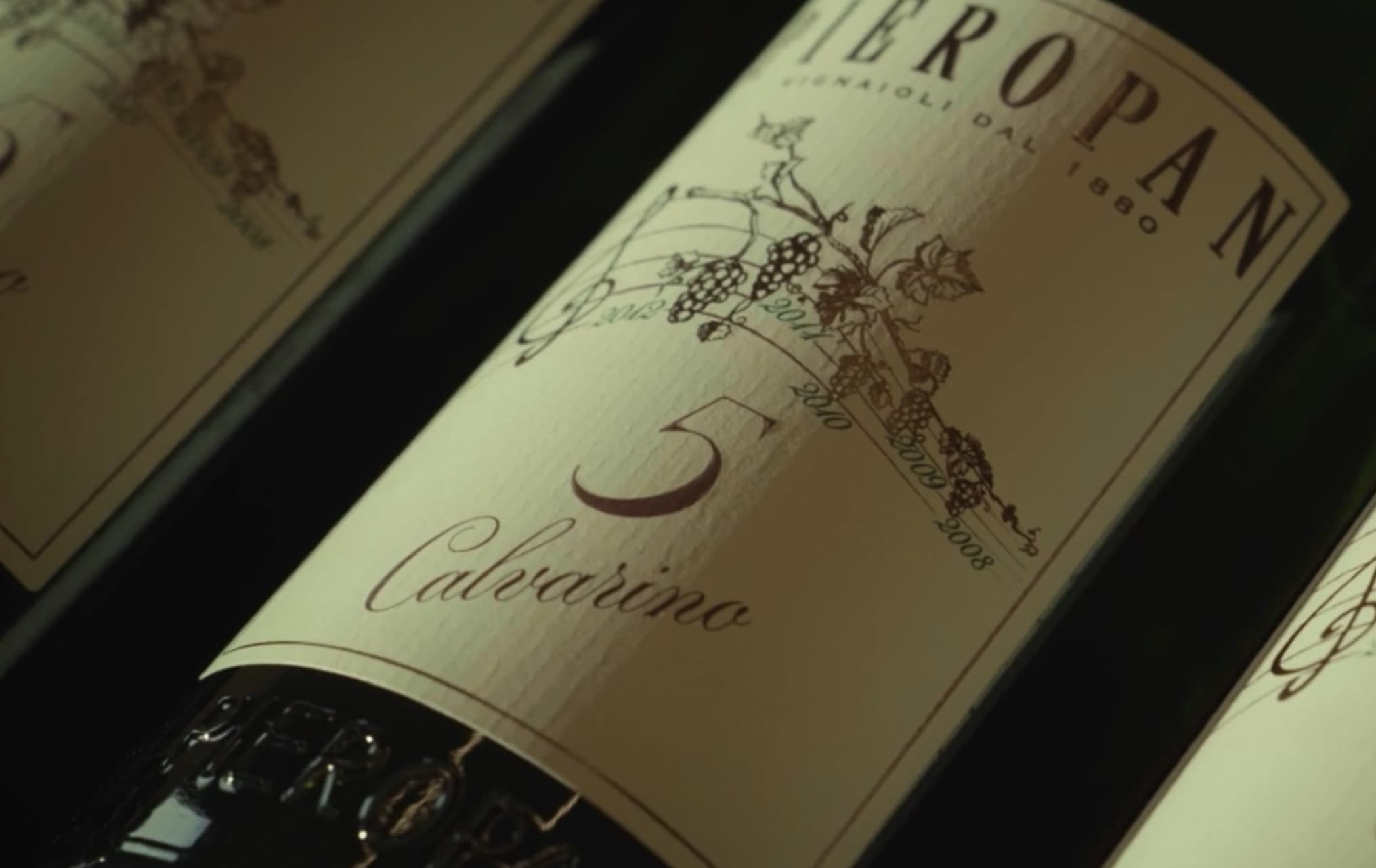July 10, 2024
Pieropan’s Iconic Single Vineyards: Calvarino and La Rocca

Pieropan, a venerable name in Italian winemaking, is renowned for its exquisite Soave wines, particularly those from its iconic single vineyards, Calvarino and La Rocca. These vineyards, situated in the heart of the Soave Classico region, boast unique terroirs that impart distinct characteristics to their wines. This article delves into the unique terroir of Pieropan’s vineyards and explores how it influences the character of their celebrated wines, Calvarino and La Rocca.
The Unique Terroir of Pieropan’s Vineyards
Geographic Location and Topography
Pieropan’s vineyards are located in the Soave Classico zone of the Veneto region in northeastern Italy. This area is known for its hilly terrain, which provides a variety of microclimates essential for producing high-quality wines. The vineyards are situated on slopes with varying exposures, which allow for optimal sun exposure and drainage, crucial for the cultivation of healthy, flavourful grapes.
Soil Composition
The soils of Pieropan’s vineyards are a mix of volcanic and limestone-based compositions.
-
Volcanic Soils: These soils are rich in minerals such as basalt, which contribute to the vibrant acidity and distinctive minerality found in Pieropan’s wines. The volcanic soils are particularly prevalent in the Calvarino vineyard.
-
Limestone Soils: Limestone-rich soils enhance the aromatic intensity and complexity of the wines. This type of soil is a defining feature of the La Rocca vineyard, contributing to the wine’s rich and complex flavour profile.

Climate
The Soave region enjoys a temperate climate influenced by the nearby Lessini Mountains and the Adriatic Sea. The climate features warm summers and mild winters, with significant diurnal temperature variations that help maintain the acidity and balance in the grapes. The cooling breezes from the mountains reduce the risk of disease and allow for a slow and even ripening of the grapes, which is essential for developing the nuanced flavours characteristic of Pieropan’s wines.
How Terroir Influences the Profile of Pieropan Wines
The unique terroir of Pieropan’s vineyards significantly influences the flavour profile of their wines. The combination of volcanic and limestone soils contributes to the minerality and complexity of the wines, imparting a distinctive character that sets them apart. The temperate climate, with its warm days and cool nights, allows for the slow and even ripening of grapes, enhancing the aromatic profile and maintaining vibrant acidity. This balance of natural elements ensures that Pieropan’s wines are both expressive and well-structured, reflecting the true essence of their terroir.
Calvarino: A Testament to Tradition
Vineyard Characteristics
The Calvarino vineyard, first planted in 1901, is situated in the heart of the Soave Classico region. The name Calvarino, meaning "small ordeal," refers to the hard work required to cultivate these steep, terraced slopes. The vineyard is planted with Garganega and Trebbiano di Soave, with the vines benefiting from the mineral-rich volcanic soils.
Wine Profile
Calvarino is celebrated for its purity and elegance. The wine exhibits a pale straw colour with greenish reflections, indicating its freshness. On the nose, it offers aromas of citrus fruits, green apple, and white flowers, with a subtle hint of almond. The palate is crisp and lively, showcasing flavours of lemon, green apple, and a distinct minerality, balanced by a vibrant acidity. The wine has a long, zesty finish, making it a refreshing and refined choice.
La Rocca: Richness and Complexity
Vineyard Characteristics
The La Rocca vineyard is located on the Monte Rocchetta hillside, where it benefits from a south-facing orientation and rich limestone soils. The vineyard is planted exclusively with Garganega grapes, which thrive in this terroir. The limestone soils impart a unique complexity and aromatic intensity to the wine, making La Rocca one of Pieropan’s most distinctive offerings.
Wine Profile
La Rocca is known for its rich, golden color and complex aromas. On the nose, it reveals notes of ripe stone fruits, honey, and almonds, with a hint of vanilla from oak aging. The palate is full-bodied and creamy, with flavours of apricot, peach, and a touch of minerality. The wine’s vibrant acidity balances its richness, leading to a long, elegant finish that showcases its excellent ageing potential.
